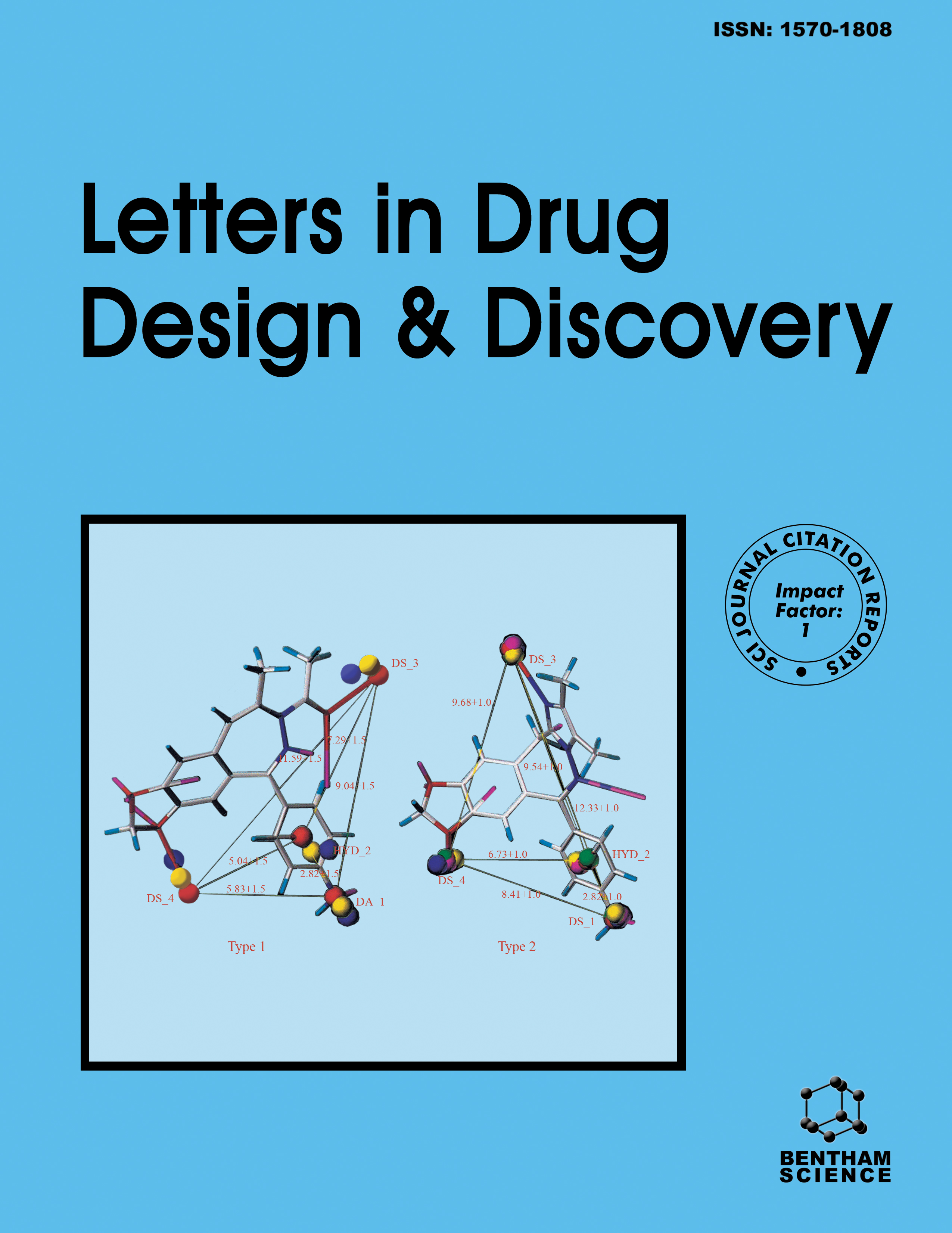
Full text loading...
We use cookies to track usage and preferences.I Understand
Salmonella typhimurium is a foodborne pathogen that is a major concern for global health. Flagellin (FliC) is an essential protein in Salmonella typhimurium for both motility and virulence and is a key component of flagella. Hence, focusing on FliC protein is a promising strategy for developing new anti-Salmonella agents. Colchicum luteum, a medicinal plant, shows promising antimicrobial properties. Thus, this study explores the therapeutic potential of Colchicum luteum against FliC protein using computational methods in comparison to the standard antibiotic ciprofloxacin.
Molecular docking simulation was performed to evaluate the binding affinity and interaction pattern of bioactive compounds present in Colchicum luteum and ciprofloxacin against FliC protein. This study also analysed protein stability and dynamics studies of the apoprotein, ciprofloxacin, kesselringine, and gloriosine complexes using molecular dynamic (MD) simulation. The MMGBSA method computed binding free energies.
Through docking simulations, it was found that gloriosine and kesselringine have strong binding affinity with FliC protein, similar to ciprofloxacin. MD simulation showed consistent protein-ligand complexes during the entire simulation. The MMGBSA analysis confirmed the positive interactions observed in the docking results, showing binding free energies similar to ciprofloxacin.
This study suggests that the phytocompounds of Colchicum luteum shows promising therapeutic potential as a source for creating anti-Salmonella typhimurium agents that target FliC protein. These results suggest that Colchicum luteum may have therapeutic potential against Salmonella typhimurium infections and should be further studied through in vitro and in vivo experiments.

Article metrics loading...

Full text loading...
References


Data & Media loading...

